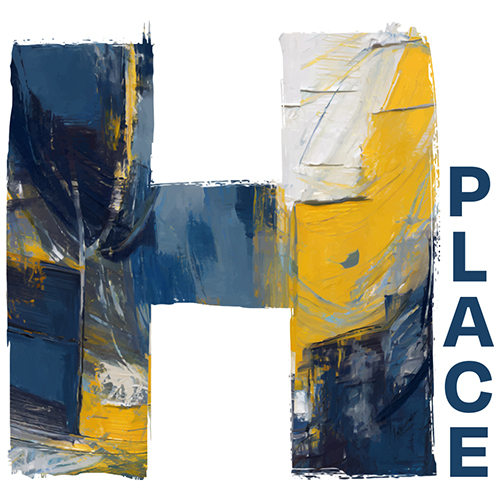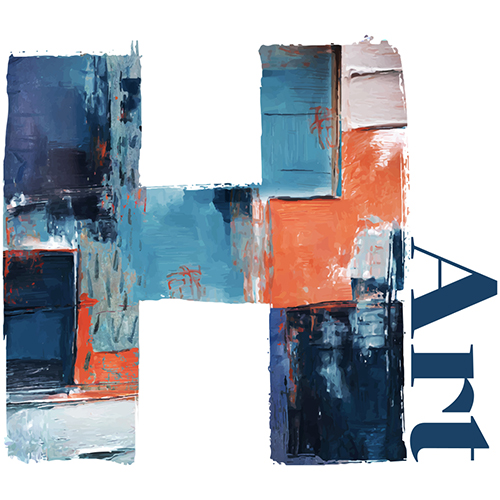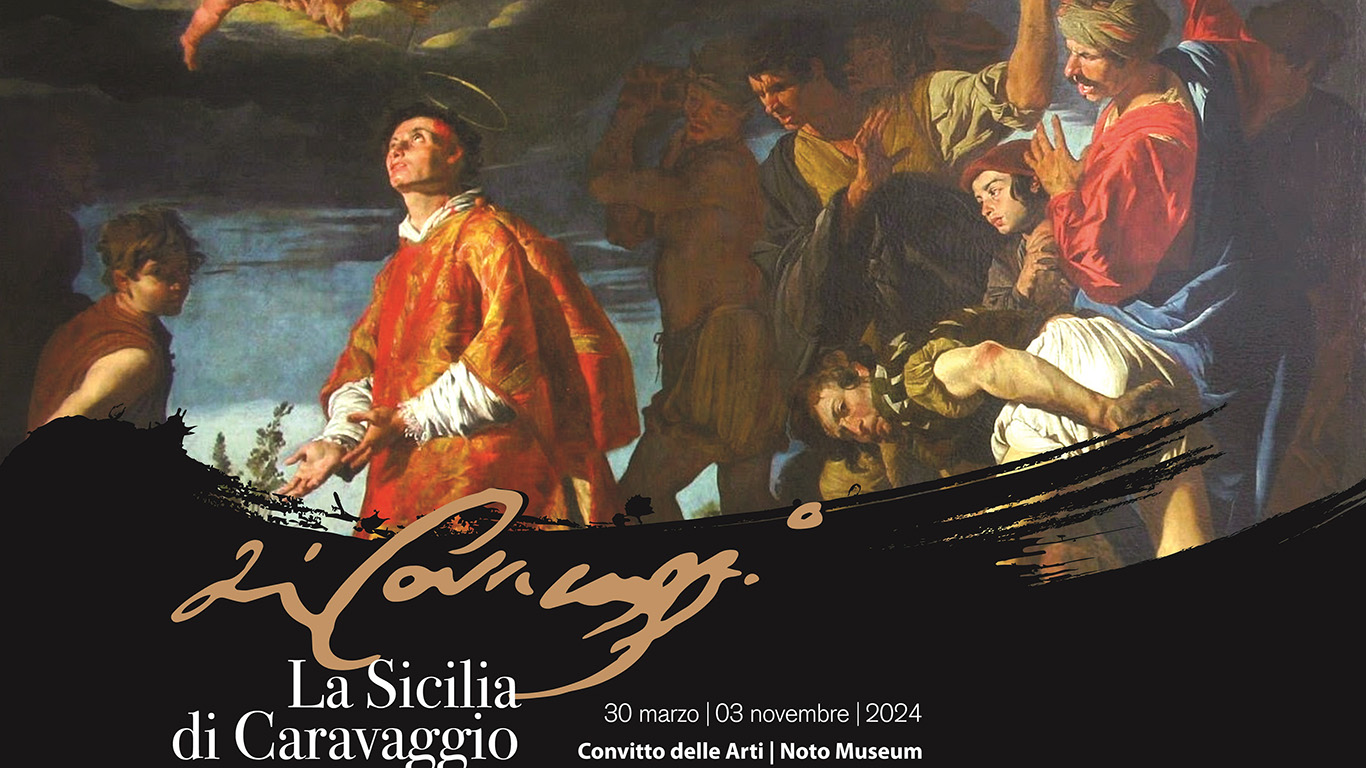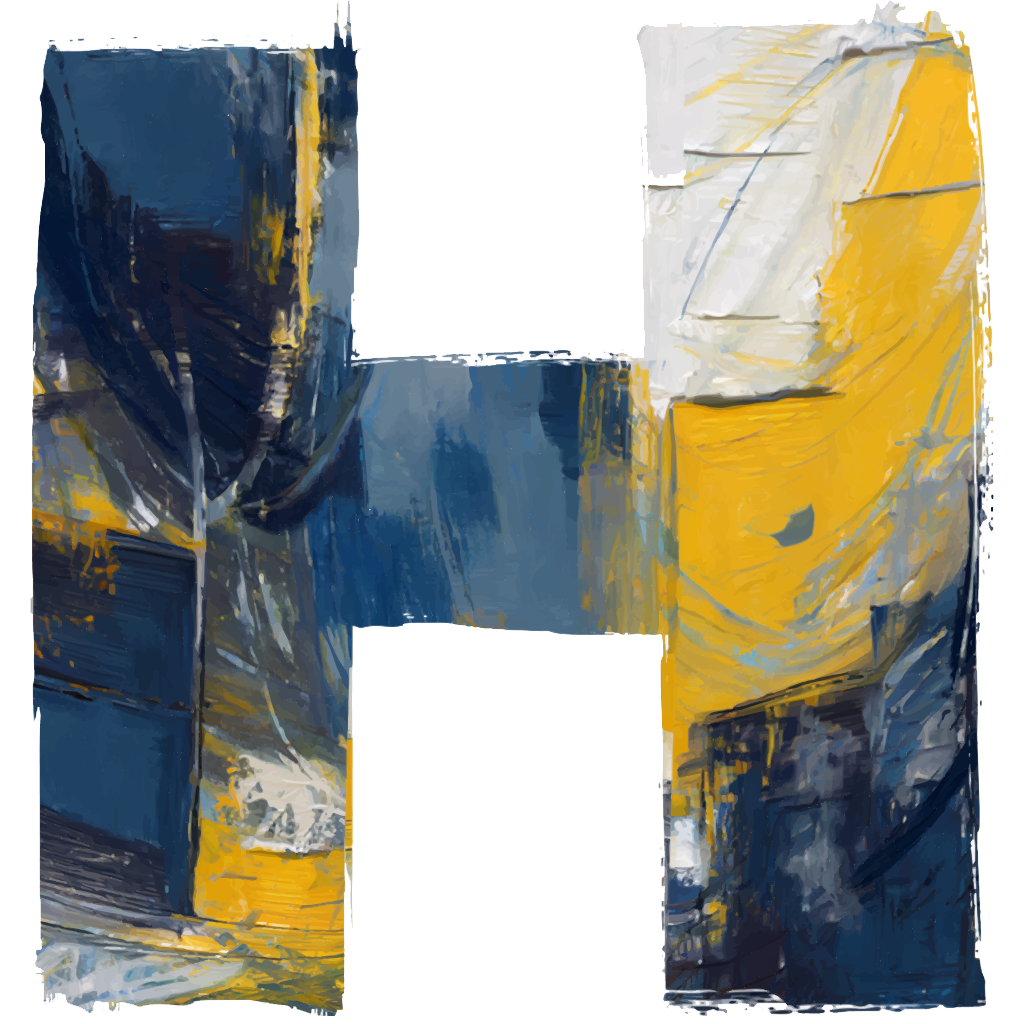La Sicilia di Caravaggio is the title of the exhibition promoted by the Municipality of Noto and produced by Mediatica that will see on display at the Convitto delle Arti Noto Museum thirty of the most significant works of Caravaggioism in Sicily (but not only) with the valuable presence of Caravaggio’s St. Francis in Ecstasy from the Civic Museum of Cremona.
The relationship between Caravaggio, Sicily and its artists is one of the most fascinating chapters in the history of art, and the last major exhibition on this subject now dates back to as far as 1984, Caravaggio in Sicilia, il suo tempo, il suo influsso : an extraordinary operation as difficult to repeat today because of the immovability of Caravaggio’s paintings from the Messina Museum and the great altarpiece in Syracuse depicting the Seppellimento di santa Lucia. What was held in Syracuse was a unique opportunity to study artists until then neglected such as Syracuse’s Mario Minniti, Messina’s Alonso Rodriguez, and Palermo’s Pietro Novelli, rediscovering a fabric of relationships in which Caravaggio’s verb, searing in its surprising (and sometimes incomprehensible) novelties was declined according to the commissioning and the capacity of individual local masters to absorb and rework it.
Since that exhibition much has been done, some painters have enjoyed monographs and exhibitions, others have been the focus of articles and specialized essays, but there has been a lack of a real moment of synthesis on a phenomenon that for Sicilian artists was a real earthquake from the point of view of figurative imagery.
The exhibition La Sicilia di Caravaggio certainly does not presume to provide a synthesis of all this mass of studies, but to trace a path, a sort of viaticum for reading a phenomenon that lasted about fifty years, from the time of the presence in Palermo, starting around 1600, of Caravaggio’s (stolen) Nativity until the naturalistic production of Pietro Novelli and in a Baroque key of Matthias Stomer around the middle of the century.
The tour is divided into three sections with works mostly from Sicilian museums with some valuable presence from Maltese museums and some Italian museums.
The first section is devoted to artists active in Sicily and also in the Viceroyalty who knew Caravaggio directly or are to be considered the so-called first- and second-generation Caravaggisti. These include such masters as Giovanni Bernardo Azzolino, Mario Minniti, Alonzo Rodriguez, Fabrizio Santafede, Carlo Sellitto, Battistello Caracciolo, and Hendrick de Somer, among others. The presence in the exhibition of a masterpiece such as Ribera’s Martyrdom of St. Bartholomew from the Diocesan Museum of Nicosia gives an idea of the new works arriving from Naples as well as Carlo Sellitto’s Saint Lucia from the Regional Museum of Messina.
The second section addresses the transition to a sweetened naturalism in a classicist and baroque key. Here the greatest exponent is Pietro Novelli, supported by examples of Andrea Vaccaro and Daniel Seghers present in the exhibition with works of rare beauty; but the real synthesis between Caravaggesque luminism and decisive openings toward the Baroque is given in Sicily by Matthias Stomer, author of two monumental works such as the Lapidation of St. Stephen (Palermo, Palazzo Branciforti) and the Death of Cato in the Museum of Castell’Ursino in Catania.
The last section is devoted to Caravaggio and addresses the question of his presence in Sicily through the rare copy of the Palermo Nativity, painted by Paolo Geraci, from the Castell’Ursino Museum in Catania, the St. John at the Spring from the National Museum in Valletta, a work attributed to Caravaggio that will be the subject of insights, and above all the extraordinary St. Francis in Ecstasy from the Museo Civico in Cremona, executed close to Caravaggio’s escape from Rome and already a harbinger of the rapid and terrible manner that would mark his last dramatic years of life.
CARAVAGGIO EXPERIENCE A DANCE OF LIGHT AND SHADOW
An extraordinary sensory experience where light and shadow merge in a timeless dance, revealing the deepest secrets of Caravaggio’s artworks. The room is covered with mirrors that multiply and amplify every detail, transforming the vision into a kaleidoscope of visual emotions. Caravaggio’s most iconic works come to life on the walls and reflected in infinite space, projected with extraordinary clarity thanks to state-of-the-art technology. The details of faces, the folds of clothes, the sheen of fruits and flowers-everything seems so real that one could reach out and touch the pictorial surface. But it is the light itself that is the real protagonist of this experience. It dances on the surfaces, gently caressing the contours of the figures, revealing secrets hidden in the deepest shadows. An emotional and visual experience that celebrates the power of light in overcoming darkness, illuminating not only the works of art, but also the souls of those who are lucky enough to take this extraordinary journey through the genius of the great painter. Video installation realization Art Media Studio – FlorenceLIST OF ARTWORKS ON DISPLAY IN THE EXHIBITION
- Caravaggio , San Giovannino alla fonte – National Museum of Art La Valletta
- Mario Minniti, Ecce Homo – Mdina, Museo della Cattedrale
- Maestro Caravaggesco – Ritratto di Alof de Vignacourt stante con l’armatura – National Museum of Art La Valletta – Heritage Malta
- Mattia Preti, Carità romana – Collezione privata
- Agostino Scilla – Filosofo in meditazione – Collezione privata
- Giovanni Bernardino Azzolino – Martirio di Sant’Orsola – Fondazione De Chiara De Maio
- Giovanni Bernardino Azzolino – Flagellazione di Criso – Fondazione De Chiara De Maio
- Jusepe de Ribera – Martirio di San Bartolomeo – Museo Diocesano di Arte Sacra di Nicosia
- Mario Minniti – San Carlo Borromeo amministra la cresima – Comune di Enna
- Mattia Preti – Cristo e la Samaritana – Fondazione Sicilia
- Luca Giordano – Giuditta con la testa di Oloferme – Fondazione Sicilia
- Hendrick de Somer – San Paolo eremita – Galleria Regionale Abatellis
- Pietro Novelli – Cena in Emmaus – Galleria Regionale Abatellis
- Fabrizio Santafede – Cristo flagellato – Galleria Regionale Abatellis
- Gerard Seghers – San Francesco dinanzi alla Vergine – Galleria Regionale Abatellis
- Pietro Novelli – Sacrificio di Isacco Galleria Regionale Abatellis
- Ambito di Pietro Novelli – Martirio di San Lorenzo – Galleria Regionale Abatellis
- Mario Minniti – Martirio di Santa Lucia – Galleria Regionale di Palazzo Bellomo
- Mario Minniti – Miracolo della vedova di Naim – Museo Regionale Interdisciplinare di Messina
- Carlo Sellito – Santa Lucia – Museo Regionale Interdisciplinare di Messina
- Alonzo Rodriguez – Cena in Emmaus – Museo Regionale Interdisciplinare di Messina
- Matthias Stomer – Lapidazione di Santo Stefano – Palazzo Alliata di Villafranca
- Battistello Caracciolo – San Giovanni Battista – Museo Regionale Pepoli
- Andrea Vaccaro – Maddalena penitente – Museo Regionale Pepoli
- Luca Giordano – Nettuno e Coronide – Pinacoteca Civica Ex Collegio dei Filippini
- Anonimo caravaggesco – San Giovanni Battista – Collezione privata
- Anonimo caravaggesco – La testa del Battista – Collezione privata
- Matthias Stomer – Suicidio di Catone – Museo Civico Castello Ursino
- Paolo Geraci di Caravaggio – Natività – Museo Civico Castello Ursino






